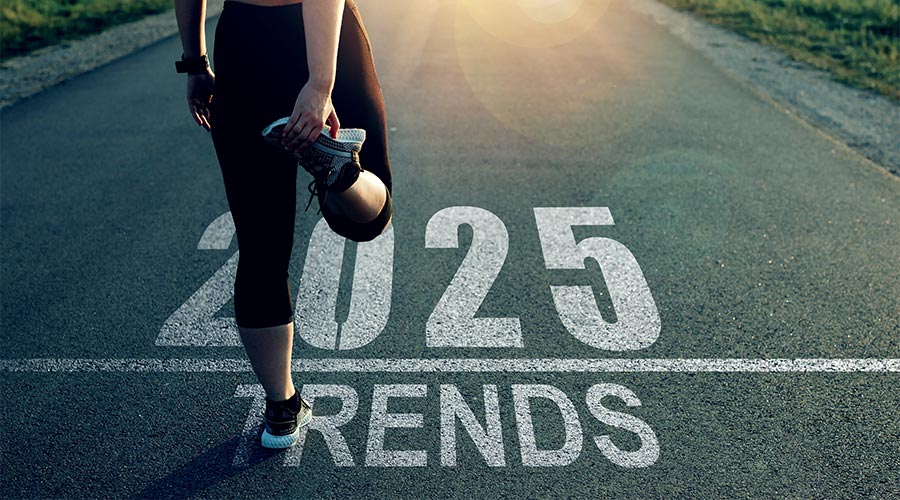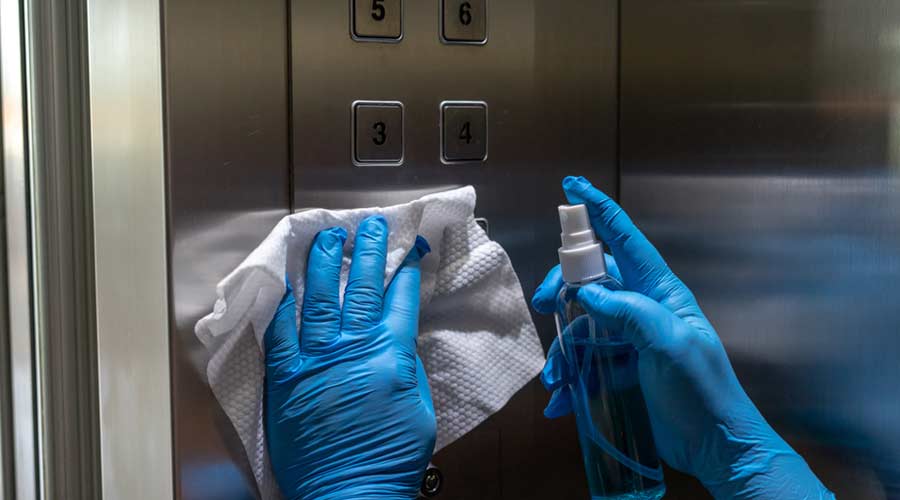
By Dale Franke, Vice President of Sales & Marketing, Acme Paper & Supply Co, Inc.
Cleaning is no longer just about appearance; it is about safety, performance, sustainability, and value creation. What used to be a behind-the-scenes service is now front and center in every conversation. To stay competitive and relevant, building owners and facility managers must adapt to the new landscape, prioritizing innovation, customization, transparency, and automation in their cleaning processes.
At Acme Paper & Supply, I’ve spent years helping clients across healthcare, education, and commercial spaces redefine cleaning protocols and adapt to evolving workplace dynamics, growing health and safety expectations, labor shortages, and a renewed focus on sustainability and technology. What has emerged are four key end-user trends that have been reshaping the cleaning industry.
1. Automation and Smart Technology
Autonomous cleaning technology is here to stay and scaling fast. The industry has seen a major increase in robotic floor scrubbers, vacuums, and sweepers, especially in larger facilities like airports, warehouses, and healthcare campuses. Smart dispensers and IoT-enabled devices, including restroom sensors that track foot traffic and supply levels, are becoming standard. There are systems now that direct cleaners to specific restrooms based on usage instead of relying on static cleaning routes. AI and data analytics, predictive maintenance, and routine optimization using AI improve equipment uptime as well as staff productivity. Cleaning data can be integrated into facility management dashboards for performance tracking and reporting. That is a big leap in efficiency and accountability.
Touchless technology is also in demand, not just for dispensers, but for high-touch surfaces such as faucets, doors and door handles, and even cutlery dispensers in food service settings. The growing demand for touch-free systems is being driven by health concerns highlighted by the pandemic.
The benefits of automated technologies have been exponential. Automation has reduced the dependency on manual labor, enhanced consistency, and improved cleaning efficiencies. And facilities that have invested in automated technologies and IoT devices can measure data, usage, and productivity while continuing to demonstrate to building occupants that their health and well-being are a priority. Recognizing that training is an important part of implementing new technologies, our teams work with facility managers in implementing a “train the trainer” model where we identify a champion on-site to provide ongoing support for staff as new devices and processes are rolled out.
When these systems were first introduced to the market, implementation and adoption were slow, mainly due to the higher upfront investment. When some owners and facility managers balked at the cost of retrofitting their buildings with the new devices, ACME developed a program similar to a cell phone lease, allowing them to upgrade their facilities with the latest autonomous equipment every three years in a cost-efficient manner that minimizes upfront costs and helps with budgeting.
2. Hybrid Work
The hybrid workplace has also changed how buildings are cleaned. Many of today’s office tenants come in on different days and at varying frequencies, so the old one-size-fits-all cleaning plan is no longer effective. Cleaning teams need to be more flexible, which has increased the demand for daytime and on-demand cleaning, especially in high-touch areas such as restrooms, kitchens, and shared meeting spaces. This may necessitate having one cleaning person on the schedule during the daytime hours to offset evening cleaning crews.
This is where smart technology and data-driven solutions play a key role. Restroom sensors and foot traffic data help enhance cleaning based on real-time usage. Badge-swipe or QR code systems track when a cleaner starts and finishes a room, so managers can see the data in real time to better tailor cleaning schedules. This data-driven approach not only improves operational efficiency but also cost effectiveness, helping facility managers manage labor and available cleaning resources with building use and occupancy without compromising hygiene and health expectations.
3. Transparency and Accountability
Post-pandemic, cleaning and disinfection expectations have shifted. Stakeholders demand visibility and proof that cleaning is being done frequently and thoroughly, especially in schools and healthcare facilities. Digital tracking systems that document cleaning task completion in real time provide a high level of transparency and accountability. QR-code check-ins, timestamp verification, and mobile dashboards give managers immediate access to performance data. The tools allow for automated audits that provide measurable benchmarks so managers can identify areas for improvement.
There are also certifications like CIMS (Cleaning Industry Management Systems) and GBAC (Global Biorisk Advisory Council), which emerged during the pandemic as the go-to certification for cleaning and disinfecting practices. Especially in healthcare facilities, these types of certifications are no longer optional; they are a standard that builds trust with occupants, reduces liability, and provides actionable performance improvement and staff training data.
4. Eco-Friendly Solutions
Sustainability and eco-friendly cleaning, once a far-out trend, are now considered mainstream requirements. Green cleaning is no longer just about eco-friendly solutions and chemicals. Think broader: dispensers with built-in batteries that eliminate the need for D-cell waste, compostable liners, recycled paper products, and refillable high-capacity systems that last longer — all cutting down on labor and product use.
Environmental, Social, and Governance (ESG) goals are key drivers in sustainability practices. Organizations are being measured not just on financials, but on how they reduce their carbon footprint, protect occupant health, and engage in community-based sustainability measures and environmental stewardship. Eco-conscious organizations aim to minimize water usage by using faucet sensors and automatic flushers, for example, and use cleaning solutions with Green Seal certifications.
On this front, dilution control in cleaning solutions is making a major impact. Product overuse has been shown to negatively affect indoor air quality, and dilution technology takes the guesswork out of chemical mixing. These dilution systems, along with concentrated solutions and closed-loop dispensing systems, help ensure safe, accurate usage of cleaning and disinfecting solutions. As cleaning teams are better educated and retrained on eco-friendly cleaning practices, the benefits of sustainable cleaning are far-reaching, economical, and environmentally and fiscally responsible.
The Present and Future
The cleaning industry is undergoing a significant transformation, driven by the need for greater innovation, responsiveness, and responsibility. Integration of smart technology, a shift toward sustainable solutions, and increased transparency are now essential for modern cleaning strategies.
Owners, operators, and facility managers who lead with purpose and innovation will be well-positioned for the present and the future. Now is the time to invest in technology, training, and sustainability. Embrace data. Prioritize transparency. Because the future of clean is intentional, visible, and value driven.
Dale Franke is the Vice President of Sales and Marketing at Acme Paper and Supply Company,?one of the nation's largest suppliers of sanitation solutions, disposable food service packaging, restaurant equipment and supply, retail and industrial packaging, and custom-designed packaging. Franke has nearly 30 years of experience in the facility supply industry and more than 10 years of experience in sales leadership. He can be reached directly at?dfranke@acmepaper.com. For more information visit?https://store.acmepaper.com/.??
posted on 8/29/2025

 Celebrating BSCAI's 60th Anniversary eBook
Celebrating BSCAI's 60th Anniversary eBook The Down and Dirty on Cleaning in Virus Season
The Down and Dirty on Cleaning in Virus Season How Surfactant Use is Expanding in Commercial Cleaning
How Surfactant Use is Expanding in Commercial Cleaning